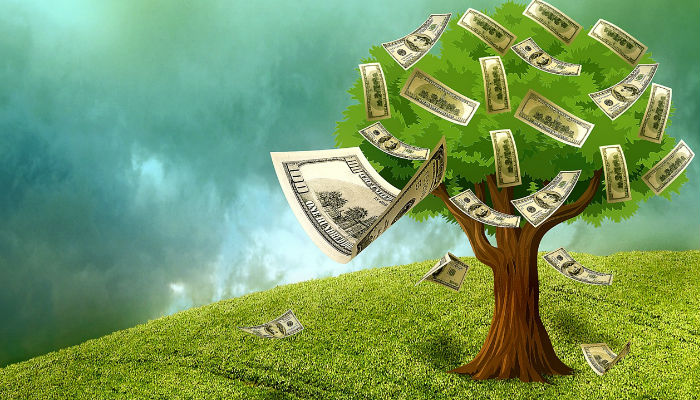Money Growing On Trees Is NOT An Urban Legend
At J’s Tree Trimming and Removal, we are regularly faced with a need to remove trees that have acquired a disease. It’s a sad day when a mature, shade-giving tree has to be cut down in its prime due to illness.
My heart was warmed most recently when reading an article from October 2016 about the United Nations conference on sustainable urban development.
Below are some highlights from the article and a link to the full article. It discusses sustainability and the need for urban green spaces which are essential for mental and physical health, not to mention community building and supporting ecological needs.
The importance of urban forests: why money really does grow on trees
Amy Fleming
Last modified on Wednesday 12 October 2016 09.53 EDT
Mature trees clean air, lower stress, boost happiness, reduce flood risk – and even save municipal money. So why are they cut down when cities develop – and how should the UN’s new urban agenda protect them?
The skyline along Manhattan’s Upper Fifth Avenue, where it flanks Central Park, is dominated by vast, verdant clouds of American elm trees. Their high-arched branches and luminous green canopies form – as historian Jill Jones puts it – “a beautiful cathedral of shade”. When she started researching her new book, Urban Forests, she’d have struggled to identify the species – but now, she says, “when I see one, I say ‘Oh my goodness, this is a rare survivor,’ and deeply appreciate the fact that it’s there.”
The American elm was once America’s most beloved and abundant city tree. It liked urban soil, and its branches spread out a safe distance above traffic, to provide the dappled shade that cities depended on before air conditioning.
Now, however, most of the big, old elms have been wiped out by Dutch elm disease. Many of them were replaced by ash, which have in turn been killed by another imported pest: the emerald ash borer. By the 1970s, writes Jones, much of America’s urban tree cover had fallen victim to “disease, development and shrinking municipal budgets”.
Thousands of miles away, in Bangkok, the main threat is construction work. After a group of residents tried in vain to save several mature trees on their lane, which were felled to make way for a car park, they formed a tree advocacy group, the Big Trees Project.
Within weeks, membership swelled to 16,000. Forestry officer at the Food and Agriculture Organisation of the United Nations (FAO), Simone Borelli tells me of similar tree advocacy groups in Malaysia, India and Central African Republic, where the capital, Bangui, has “grown out of the forest and is eating it up”.
This month will see representatives from the world’s cities convene in Quito, Ecuador, for the United Nations conference on sustainable urban development, Habitat III. An agreement called the New Urban Agenda will be launched, to address the challenges facing a growing global urban population that already accounts for over 50% of us....
...It’s hard to put a price on how an avenue of plane trees can muffle the roar of a main road, although trees do on average increase the value of property by 20%. Perhaps money does grow on them after all.
Read more: https://www.theguardian.com/cities/2016/oct/12/importance-urban-forests-money-grow-trees

